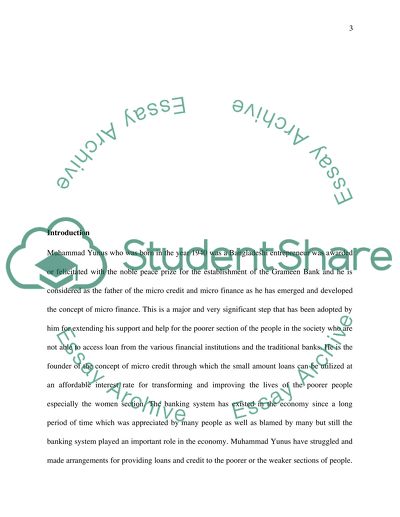Cite this document
(“Micro-Credit against Poverty Term Paper Example | Topics and Well Written Essays - 2750 words”, n.d.)
Micro-Credit against Poverty Term Paper Example | Topics and Well Written Essays - 2750 words. Retrieved from https://studentshare.org/macro-microeconomics/1688500-will-be-attached-about-micro-credit-against-poverty
Micro-Credit against Poverty Term Paper Example | Topics and Well Written Essays - 2750 words. Retrieved from https://studentshare.org/macro-microeconomics/1688500-will-be-attached-about-micro-credit-against-poverty
(Micro-Credit Against Poverty Term Paper Example | Topics and Well Written Essays - 2750 Words)
Micro-Credit Against Poverty Term Paper Example | Topics and Well Written Essays - 2750 Words. https://studentshare.org/macro-microeconomics/1688500-will-be-attached-about-micro-credit-against-poverty.
Micro-Credit Against Poverty Term Paper Example | Topics and Well Written Essays - 2750 Words. https://studentshare.org/macro-microeconomics/1688500-will-be-attached-about-micro-credit-against-poverty.
“Micro-Credit Against Poverty Term Paper Example | Topics and Well Written Essays - 2750 Words”, n.d. https://studentshare.org/macro-microeconomics/1688500-will-be-attached-about-micro-credit-against-poverty.


